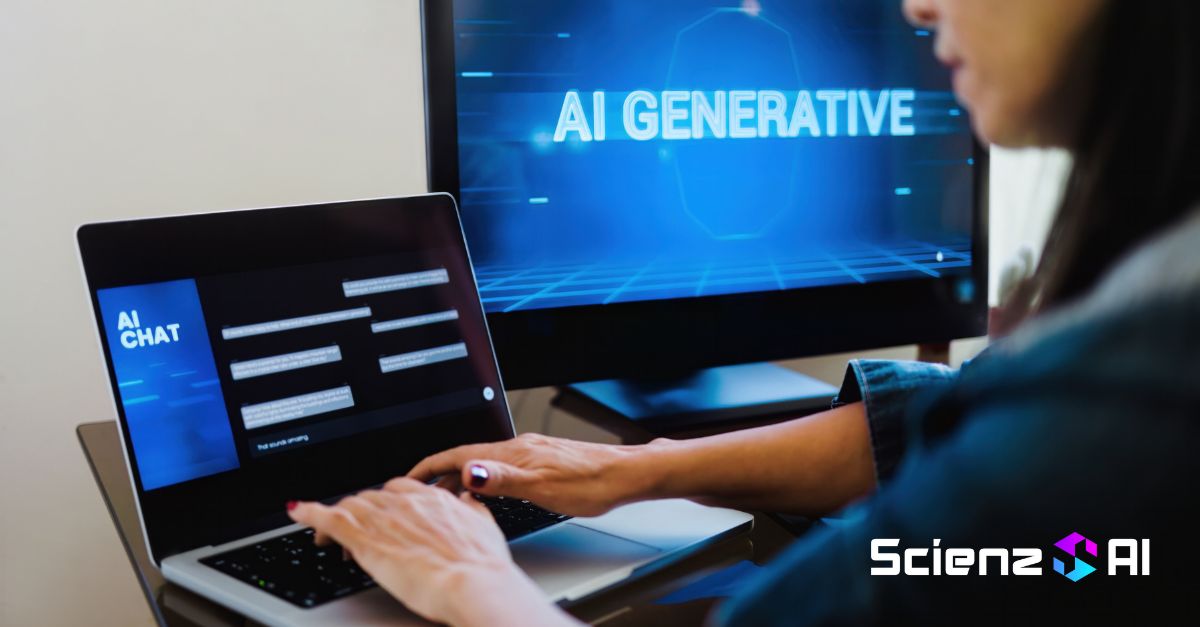A recent survey revealed a surprising statistic: only 7 percent of marketers currently use Generative AI for marketing activities, despite its known positive impacts on productivity and customer satisfaction. This low adoption is puzzling, as statistics show 71 percent of marketers expect GenAI to eliminate busy work, allowing them to focus more on strategic tasks—and they predict GenAI will save them 5 hours of work per week, or over a month per year. So why aren’t more marketers embracing this technology?
The Benefits Of GenAI In Marketing
Let’s take a look at what GenAI can do for marketers:
- Personalized Customer Interactions: GenAI can create customized content for individual users, enhancing engagement. For example, it can tailor email marketing campaigns based on user behavior.
- Efficient Content Creation: AI tools can quickly generate high-quality content, such as blog posts or social media updates, saving time for marketing teams.
- Data-Driven Insights: GenAI analyzes large datasets to provide actionable insights, helping marketers make informed decisions. For instance, it can identify trends and predict customer preferences.
Given all these benefits, what’s stopping more marketers from embracing GenAI?
Key Challenges And Barriers
Several factors contribute to the slow adoption of GenAI in marketing, including:
- Complexity and Integration Issues: Many marketers find integrating GenAI tools with their existing systems as well as maintaining everything challenging.
- Cost Concerns: The investment required for GenAI tools can be substantial. Marketers might be hesitant to present GenAI proposals to CEOs without clear ROI data.
- Lack of Expertise: There is a shortage of skilled professionals who can effectively implement and manage GenAI technologies.
- Bias and Ethical Concerns: Marketers are also wary of potential biases in AI algorithms and the ethical implications of using AI in customer interactions.
Addressing The Barriers
Here are potential solutions to address these barriers:
- Simplify Integration: Marketers can look for GenAI tools with user-friendly interfaces and pre-built integrations with popular marketing platforms. Start also with smaller, easier-to-implement GenAI projects to build confidence and experience.
- Start Small and Measure Impact: Begin with free or lower-cost GenAI tools to test effectiveness before making larger investments. Document the results and ROI from these to build a strong business case for further adoption while addressing cost concerns.
- Invest in Learning: Marketing teams can invest in training programs focused on GenAI technologies and applications. Consider also partnering with AI consultants or agencies to gain expertise.
- Develop Ethical Guidelines: Create clear policies for ethical AI use in marketing. Implement regular checks of AI systems to ensure fairness and avoid bias in campaigns.
Conclusion
GenAI has the potential to revolutionize marketing, but it is crucial to address the barriers to its adoption. It’s well worth tackling these challenges so that marketers can harness GenAI’s power to innovate, stay competitive, and meet customer needs more effectively.




